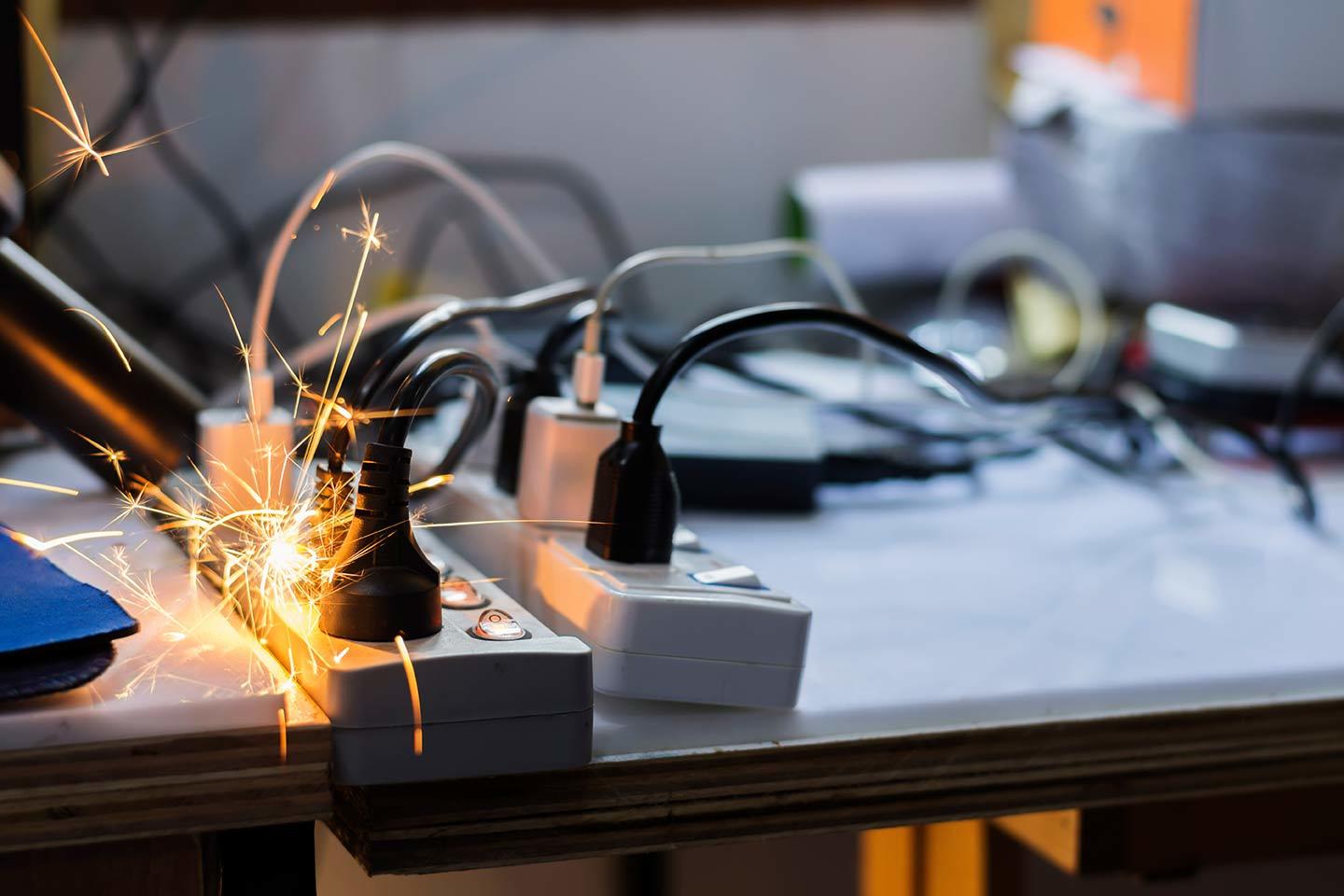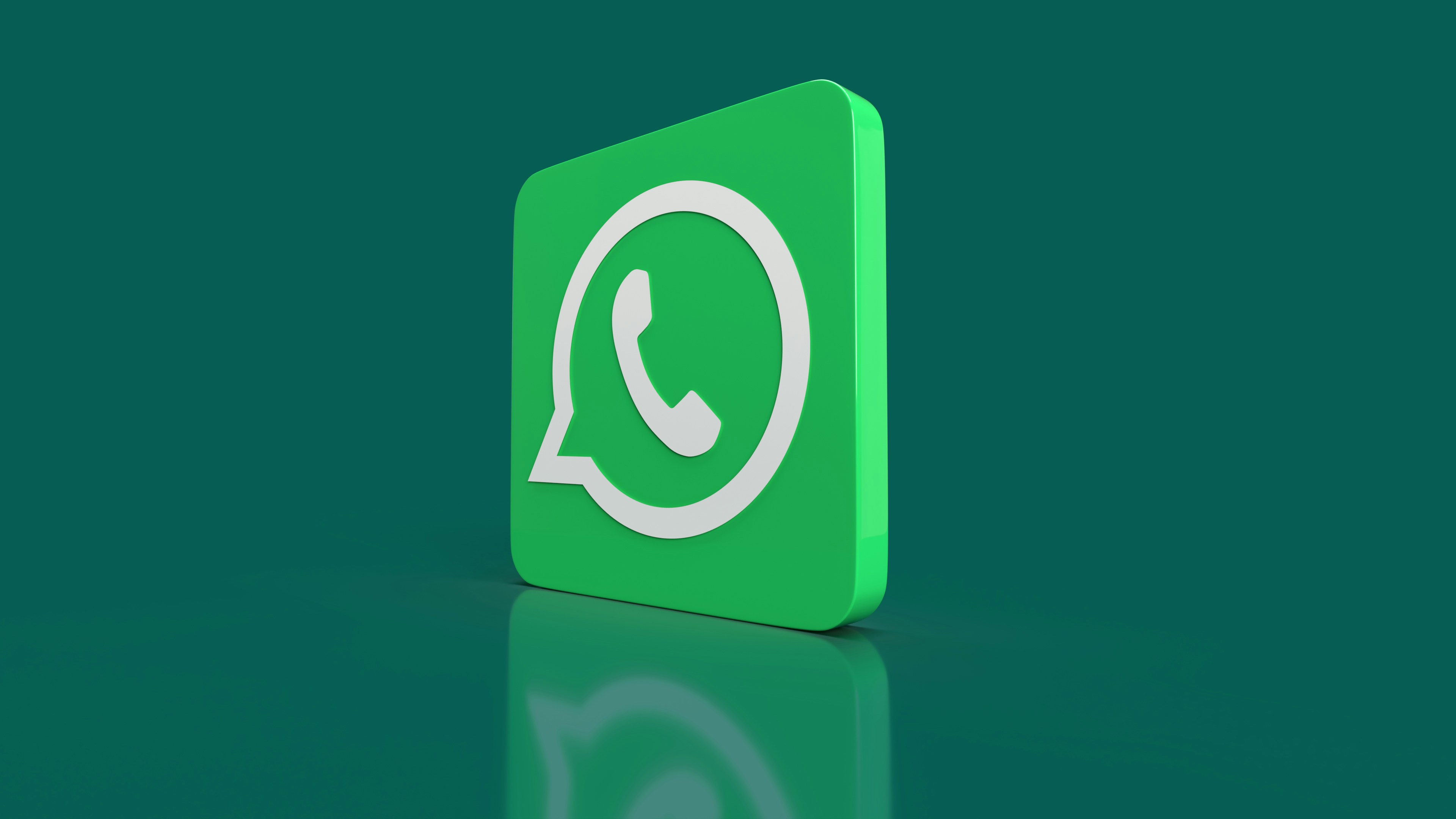How to Identify and Troubleshoot Common Cable Problems

Electrical cables in Pakistan are essential for the distribution of electricity to homes and businesses. Power transmission is made safe and reliable by them. However, as with any electrical system, cables can develop problems over time, leading to reduced performance, system failure, or safety hazards. It is important to be able to identify and troubleshoot common submersible cable problems to prevent such issues from arising.
One of the most common cable problems is damage to the outer jacket or insulation. The jacket protects the inner conductors from moisture, heat, and physical damage. Moisture can penetrate a cracked or damaged jacket, corroding the conductors and potentially causing a short circuit. Insulation damage can also result in a short circuit, leading to equipment damage or electrical fires.
In this blog, we will discuss the common cable problems and provide some troubleshooting tips to help you fix them.
Cable damage:
Physical damage is a common cause of cable damage and can happen during installation, maintenance, or operation. Bending or twisting the cable beyond its intended capacity can lead to kinks or breaks. Crushing or compressing the cable can also cause damage. Proper handling and storage of the cable can prevent physical damage.
Environmental factors can also damage cables. Extreme temperatures, whether too hot or too cold, can cause cables to expand or contract, leading to cracks or breaks. Exposure to moisture or chemicals can corrode the cable or weaken its insulation, causing electrical leaks. Proper insulation and protection can help prevent damage from environmental factors.
Improper installation can also cause cable damage. Using the wrong connectors or tools can damage the cable, causing insulation damage or shorts. Insufficient cable support can also cause physical damage or strain on the cable. Proper installation techniques and following manufacturer guidelines can help prevent cable damage.
To prevent cable damage in Pakistan, where electrical cables are exposed to harsh environmental conditions, it is imperative to take precautions. Extreme temperatures, humidity, and exposure to sunlight can cause cable damage. Proper installation, storage, and maintenance of cables can help ensure the reliability and safety of the electrical system.
Poor connections:
Poor connections can also occur due to faulty or damaged connectors. Damaged connectors can cause problems such as signal loss, noise, and intermittent connectivity. Over time, connectors can wear out or become corroded, leading to poor connections. Additionally, connectors that are not properly installed can also cause poor connections. It's important to regularly inspect connectors and replace any that show signs of damage or wear.
To troubleshoot poor connections, start by visually inspecting the connections for signs of corrosion or looseness. In case of corrosion, clean the affected area with a wire brush or replace the corroded connections. If the connections are loose, tighten them to fix the problem.
Electrical noise:
Electrical noise is a type of interference that can disrupt the normal functioning of an electrical system. It can be caused by electromagnetic interference from other devices or equipment, ground loops due to differences in ground potential, or power surges. Electrical noise can manifest in the form of distorted signals, reduced signal strength, or even complete system failure. To troubleshoot electrical noise, isolate the source of the interference, use shielded cables, install noise filters or surge protectors, or use signal amplifiers. These solutions can help reduce the impact of electrical noise on the system and improve its performance and reliability.
To troubleshoot electrical noise, first, identify the source of the noise. Until the noise stops, turn off or unplug each device one by one. To eliminate noise, install noise filters or use shielded cables once the source has been identified.
Cross Talk:
Crosstalk is a result of the electromagnetic field created by one cable affecting the adjacent cable. The interference can be caused by poor cable shielding or improper cable routing. Shielded cables can help to reduce crosstalk, but it is important to properly route the cables to prevent interference. Data errors and system failure can be prevented by ensuring that the cables are separated and routed away from potential sources of interference. Additionally, using high-quality cables and connectors can help to minimize crosstalk and ensure reliable communication.
To troubleshoot crosstalk, first, ensure that the cables are properly installed and separated. If the problem persists, use shielded cables or install crosstalk eliminators to eliminate the problem.
Overheating:
Overheating of electrical cables in Pakistan can be caused by various factors such as overloading, high ambient temperatures, and poor ventilation. Overloading can occur when the current flowing through the cable exceeds its rated capacity, causing the cable to heat up. High ambient temperatures can also cause cables to overheat, especially when they are placed in enclosed spaces with little or no ventilation. Overheating can cause the insulation around the cable to melt or degrade, leading to cable failure or even fire. Cables must be installed properly, and their current-carrying capacity must not be exceeded. Furthermore, to prevent overheating, cable installation areas should be ventilated and cooled.
To troubleshoot overheating, first, identify the cause of the overheating. Check the current flow and ambient temperature to determine this. Use a larger cable or reduce the load if the cable is overloaded. You should use a high-temperature-rated cable if the cable will be exposed to high temperatures.
Voltage drops:
Voltage drop is a common issue in long cable runs. The longer the cable, the greater the voltage drop. This can be a problem for high-power devices that require a steady voltage supply. Voltage drop can also occur due to the cable's gauge or material. To troubleshoot voltage, drop, first, measure the voltage at the beginning and end of the cable. If the voltage drop is significant, consider using a thicker cable or a different material that has lower resistance. It is important to address voltage drop to ensure the safety and reliability of the system.
To troubleshoot voltage, drop, first, calculate the acceptable voltage drop for the application. Next, measure the voltage at the beginning and end of the cable. If the voltage drop is higher than the acceptable limit, use a larger cable or reduce the distance between the source and the load.
IN THE END
Ensuring the proper functioning of electrical cables in Pakistan is crucial for the smooth operation of various electrical systems. By identifying and troubleshooting common cable problems, you can prevent system failure, safety hazards, and costly repairs. Remember to regularly inspect your cables for damage, check for poor connections and electrical noise, and monitor voltage drop and overheating. Proper maintenance and timely troubleshooting can go a long way in ensuring the reliability and safety of your electrical system.
Note: IndiBlogHub features both user-submitted and editorial content. We do not verify third-party contributions. Read our Disclaimer and Privacy Policyfor details.






